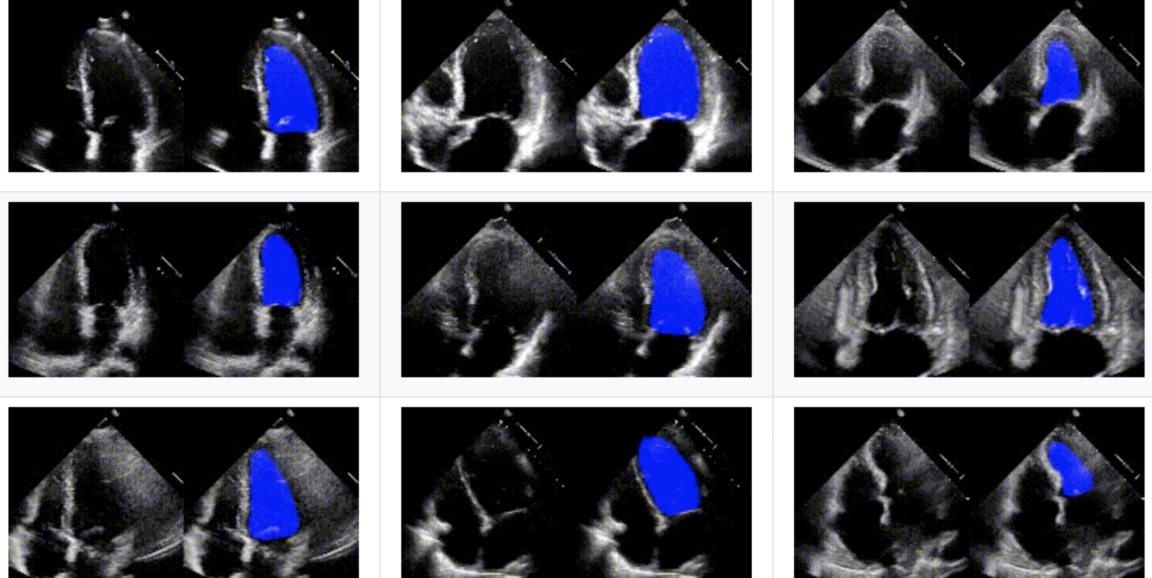A Stanford-led team of researchers is using artificial intelligence to detect abnormalities in the heart through an algorithm that assesses the rate at which the heart pumps blood.
In a recent study, the researchers show that their well-trained algorithm performs at the same level as highly-trained cardiologists when it comes to reading echocardiograms, and is able to perform the assessments more rapidly and comprehensively.
"By developing a new machine-learning algorithm for echocardiogram videos, we can comprehensively assess the state of the heart," said James Zou, PhD, a biomedical data scientist and co-senior author of the study. "Our model accurately identifies important heart structures and tracks the heart's motion to precisely assess cardiac function."
These videos help demonstrate how the algorithm works. They show three different hearts, all pumping out blood at different rates -- otherwise known as the ejection fraction, a measurement used as a proxy of heart health.
According to the algorithm (and almost any cardiologist), the first column shows normal ejection fractions, pumping blood without a problem. The second column shows heart failure -- in this case, cardiomyopathy. And third column shows an arrhythmia like the kind that would occur in people diagnosed with atrial fibrillation.
Zou and his team believe the algorithm could give cardiologists a leg up when evaluating hearts for possible conditions.
"One of the major benefits of the technique is that it can almost instantly assess heart function over multiple heart beats -- something that humans can't do and something that's particularly useful in conditions where the heart has an abnormal rhythm, like during atrial fibrillation," said Euan Ashley, DPhil, MB ChB, cardiologist and co-senior author of the study.
David Ouyang, MD, cardiology fellow and the lead author of the study, gave an example of how he sees the algorithm making an impact in the clinic: "Emergency room physicians and intensive-care doctors often have access to ultrasound images of the heart, but aren't trained to assess ejection fraction quantitatively."
This algorithm, he said, would allow automation of that assessment in settings without access to cardiologists or without access to complex equipment.
Ashley said, "In the future, our focus is really on integrating AI into the health care system. We are tremendously interested in the cycle of adaptation between human intelligence and artificial intelligence. We want to put this to work for our patients in real time."
Photo courtesy of Zou lab






